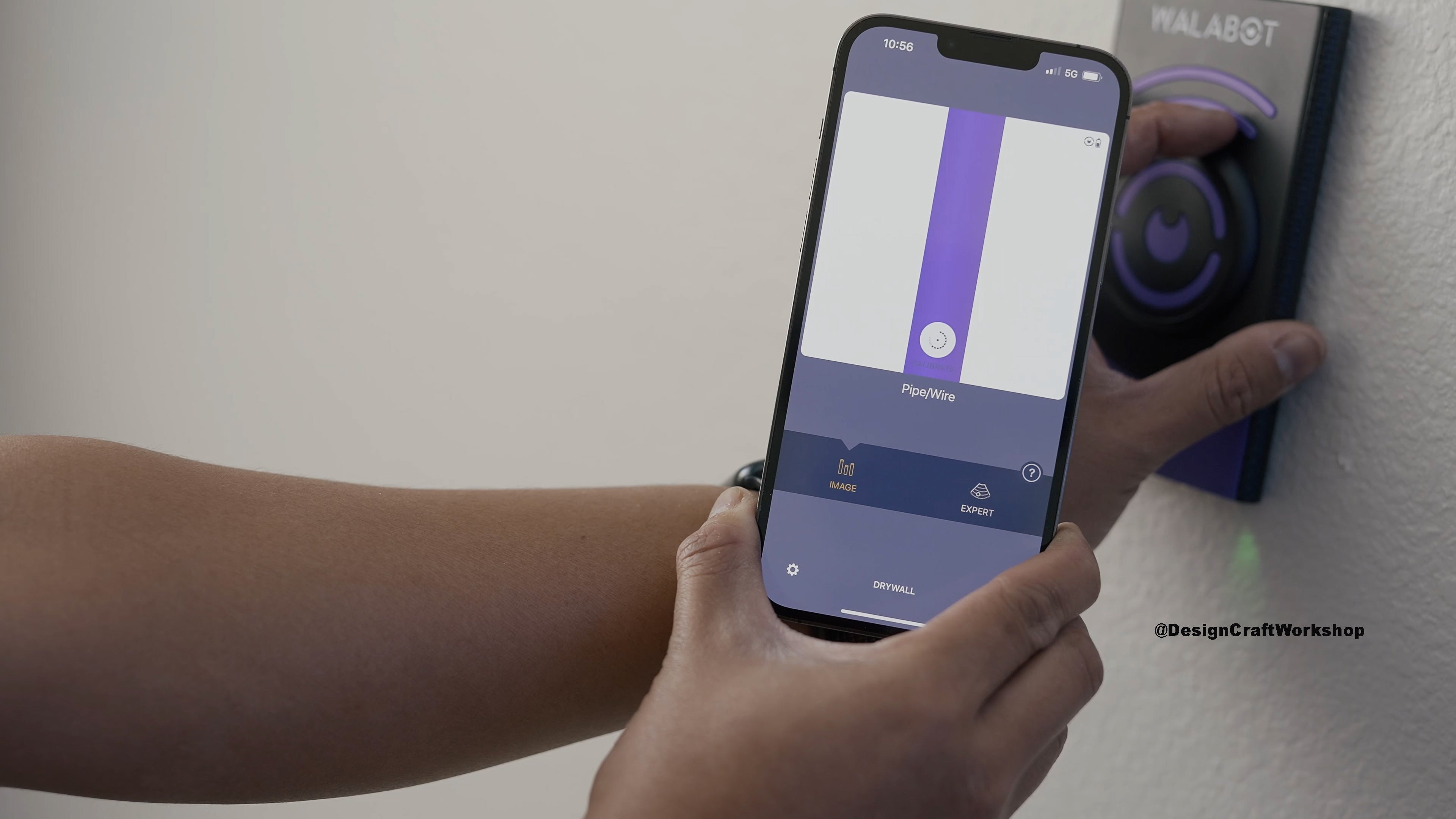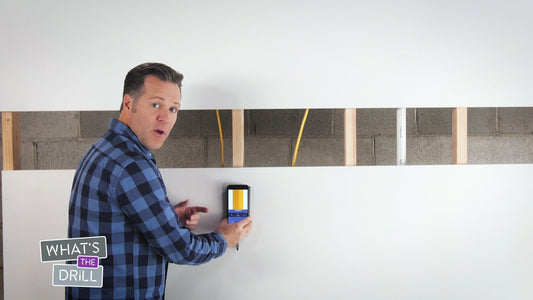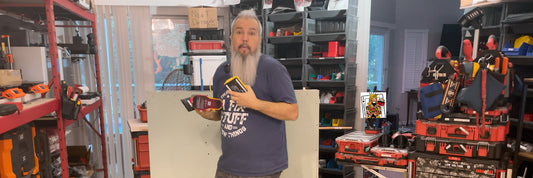Drilling into your walls or ceiling may seem like a straightforward task, but it’s akin to navigating a hidden maze of electrical wiring. Making an uninformed drill can lead to serious safety hazards, including electric shocks and potential fires. Therefore, it's crucial to approach any drilling project with caution and the right tools—such as a wall scanner, a stud finder with electrical detection, or a non-contact voltage sniffer.

The Most Effective Tool for Detecting Wires
There’s a wide range of tools out there for detecting in-wall obstacles like electrical wires—from basic voltage testers to advanced stud finders with wire-sensing features. But when it comes to accuracy and ease of use, Walabot stands out. This visual wall scanner connects to your phone and goes beyond the basics, letting you actually see inside your walls. Unlike many tools that only detect live wires, Walabot identifies both live and non-live wires with impressive precision—making it a smart choice for DIYers and pros alike.
Additional Tools for Tracing Wires in Walls
Stud finder with electrical detection
These dual-purpose tools can locate both wooden studs and live electrical wiring behind your walls. They’re user-friendly and offer peace of mind by pinpointing exactly where it's safe to drill. Please note that they only detect live electrical wires.
Voltage detector
A non-contact voltage detector can sense electrical current without requiring direct contact with the wiring. It’s a tool that’s as simple as it is indispensable for any DIYer.
Best practices to avoid electrical wires with the Walabot Visual Stud Finder
- Map out your area: Before you begin, turn off the power to the area where you'll be working. Use your Walabot to thoroughly scan the wall or ceiling, and mark the safe drilling spots with a pencil. By 'safe spots,' we mean areas where no wires or pipes were detected by Walabot.
- Know the warning signs: Electrical wires usually run along the sides of studs and often vertically from outlets or horizontally at the same height as outlets. When drilling near these areas, extra caution is necessary.
- Consider professional assistance: If you’re unsure about tackling the job yourself, it’s always safer to hire a professional, especially for complex projects.
- Never assume: Don’t make assumptions based on where you think wires should be. Always verify with a detector.
Drilling with confidence
By using a stud finder with electrical detection capabilities or a voltage detector, you can drill into walls and ceilings confidently, knowing that you’re not leaving your safety to chance.

The importance of safety gear
Even with the best preparation, accidents can happen. Always wear safety goggles to protect your eyes from debris and insulated gloves when drilling, just in case.
In conclusion
Avoiding electrical wires when drilling is not about luck; it's about taking the right precautions. Investing in a detection tool is a small price to pay for the safety and security it brings to your DIY projects.
Remember, when it comes to drilling, it's better to be safe than sorry. Always prioritize safety to ensure your DIY efforts lead to successful and hazard-free results.





